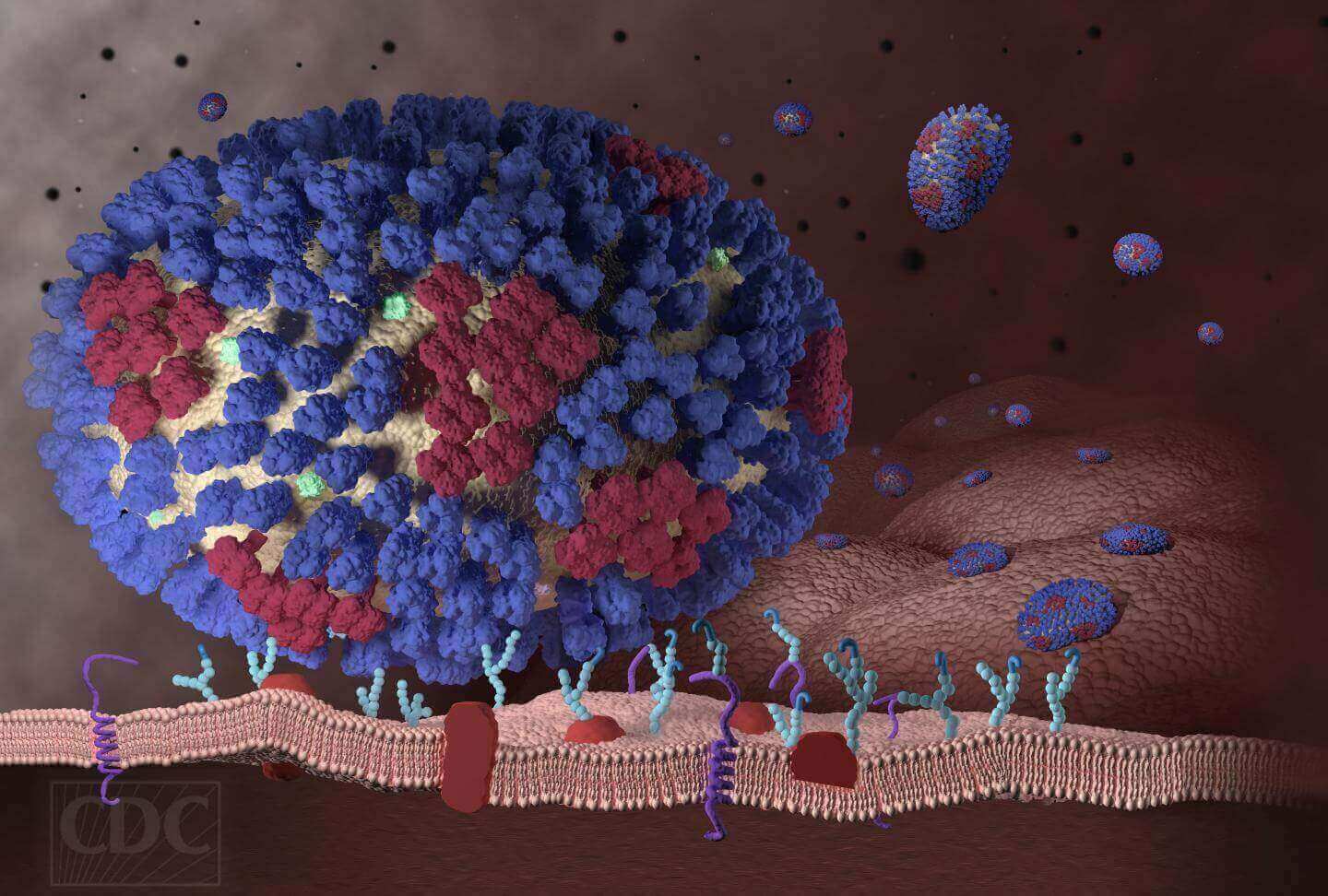


As of Beijing time The data is from a third-party organization and is only for reference.
For actual information, please refer to:www.eastmoney.com
Address: 20 Maguire Road, Suite 103, Lexington, MA 02421(America)
Tel: +1(626)986-9880
Address: Allia Future Business Centre Kings Hedges Road Cambridge CB4 2HY, UK
Tel: 0044 7790 816 954
Email: marketing@medicilon.com
Address: No.585 Chuanda Road, Pudong New Area, Shanghai (Headquarters)
Postcode: 201299
Tel: +86 (21) 5859-1500 (main line)
Fax: +86 (21) 5859-6369
© 2023 Shanghai Medicilon Inc. All rights reserved Shanghai ICP No.10216606-3
Shanghai Public Network Security File No. 31011502018888 | Website Map


Business Inquiry
Global:
Email:marketing@medicilon.com
+1(626)986-9880(U.S.)
0044 7790 816 954 (Europe)
China:
Email: marketing@medicilon.com.cn
Tel: +86 (21) 5859-1500



It is an antiviral mechanism had been found in plants, insects, and nematodes—and mice, too—but it had not been found in humans…until now. Alas, the protective countermeasure, which depends on the creation of small interfering (siRNAs) in infected cells, is sometimes frustrated by viral counter-countermeasures. Nonetheless, it is significant that we have learned that we, like other species, possess this kind of protective countermeasure, which is called RNA interference (RNAi). Now that we have it, we might find ways to strengthen it. A more robust RNAi antiviral response would help us fight not only influenza, but other RNA viruses such as Ebola, West Nile, and Zika.

The new discovery was made by researchers from Massachusetts General Hospital (MGH) and the University of California, Riverside. In their report receiving advance online publication in Nature Microbiology (“Induction and Suppression of Antiviral RNA Interference by Influenza A Virus in Mammalian Cells”), the investigators document both the production of RNAi molecules in human cells infected with the influenza A virus and the suppression of RNAi defense by a viral protein known to block the process in a common animal model.
“Here, we demonstrate that mature human somatic cells produce abundant virus-derived siRNAs co-immunoprecipitated with AGOs [Argonaut proteins] in response to IAV [influenza virus A] infection,” wrote the report’s authors. “We show that the biogenesis of viral siRNAs from IAV double-stranded RNA (dsRNA) precursors in infected cells is mediated by wild-type human Dicer and potently suppressed by both NS1 of IAV as well as virion protein 35 (VP35) of Ebola and Marburg filoviruses.”
The findings build on more than 20 years of research on antiviral RNAi by Shou-Wei Ding, Ph.D., a professor of plant pathology and microbiology at UC Riverside and the current study’s co-lead author. RNAi, a process first described in the 1990s, helps organisms suppress the expression of target genes through the action of small RNA segments that bind to corresponding gene sequences. Not only is RNAi used to regulate gene expression within an organism, it also can combat viral infection by silencing the activity of viral genes required for the pathogen’s replication.
In previous work, Dr. Ding had shown that RNAi contributed to antiviral defense in embryonic stem cells and in newborn mice. He also was the first to describe the action of the influenza virus protein NS1 in blocking RNAi in fruit flies. These findings still left scientists uncertain of whether humans benefited from antiviral RNAi.
In the current study, Dr. Ding’s team collaborated with MGH investigators led by Kate Jeffrey, Ph.D., of the Gastrointestinal Unit in the MGH Department of Medicine. “Bringing the expertise of Dr. Ding’s team, which specializes in the RNAi biology of lower organisms, together with my group that specializes in mammalian immunology was a perfect match,” said Dr. Jeffrey, who is the co-corresponding author of the Nature Microbiology paper.
Although the MGH/UC Berkeley team verified that influenza A-infected mature human cells do generate the small RNA segments used in RNAi, the scientists also found that virally produced NS1 blocks the processing of those molecules into the complexes that bind to and silence their target genes. “The slicing catalytic activity of AGO2 inhibits IAV and other RNA viruses in mature mammalian cells, in an interferon-independent fashion,” the study’s authors noted.
If cells were infected with an influenza A mutant lacking NS1, they proceeded to produce large number of the molecular complexes required for RNAi, which include Argonaute, a protein that slices through the target gene. Experiments in cells with an inactivated form of Argonaute—which contributes only to the antiviral and not the gene-regulation activity of RNAi—confirmed that the scientists were observing an antiviral RNAi response.
The observation that a viral protein called VP35, which is used by the Ebola and Marburg viruses to suppress RNAi, suggests that RNAi may also be active against those dangerous pathogens and other viruses that utilize RNA as their genetic code or in their replication cycle.
“We now need to assess more directly the role of antiviral RNAi in human infectious diseases caused by RNA viruses—which include Ebola, West Nile, and Zika along with influenza—and how harnessing or boosting the antiviral RNAi response could be used to reduce the severity of these infections,” concluded Dr. Jeffrey, who is an assistant professor of medicine at Harvard Medical School. Her team will continue to work with Dr. Ding’s team to investigate some of these questions.
 Relevant
news
Relevant
news